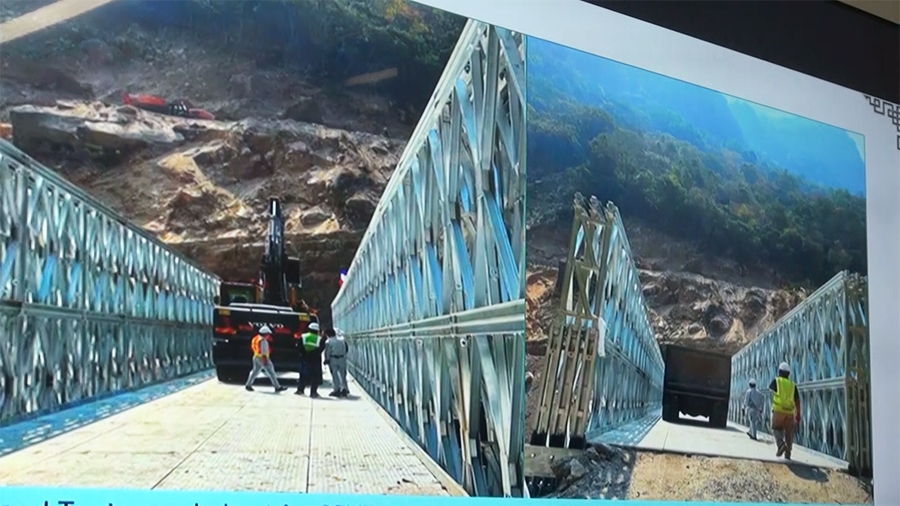
Starting tomorrow, officials will start monitoring the load capacity of vehicles passing along the Nganglam-Gyalpozhing highway through the Kuri-Gongri bridge. This is to prevent any incidents like those that happened before. They will begin by checking vehicle documents to confirm compliance. This decision was made during a meeting with stakeholders today. People in the eastern districts have been eagerly waiting for the Kuri-Gongri route to open.
The load-carrying capacity of the Kuri-Gongri bridge has been kept at 40 metric tonnes as other bridges along the Nganglam-Gyalpozhing highway are only 40 metric tonnes.
During the stakeholders meeting, the chief engineer highlighted the support required from relevant stakeholders to ensure the safety of commuters and provide continuous service to the public.

“We mostly import from India, and the transporters travel from here. Therefore, we planned to meet with the Nganglam and Monggar stakeholders here to reduce and control the load capacity,” said Kinzang Dorji, Chief Engineer, DoST, Lingmethang.
Meanwhile, officials from Nganglam raised concerns about the lack of a weighing bridge at the Integrated Check Post or in Nganglam town.
This absence makes it difficult to verify if trucks are carrying loads as stated in their documents. The weighing bridge will help identify false documents and ensure that trucks adhere to the specified load limits.
“It was suggested that a weighing bridge is needed either at the check post or near the town. Therefore, we will look into the matter and accordingly propose the idea to the relevant department soon,” added the chief engineer.
Stakeholders will raise awareness among truckers about the load-carrying capacity of bridges along the Nganglam-Gyalpozhing highway.
A modular bridge was launched earlier this month after the 190-foot bailey bridge collapsed twice last year.
A couple was also killed when the bridge collapsed for the second time in June.
Thinley Dorji, Pema Gatshel
Edited by Sonam Pem








